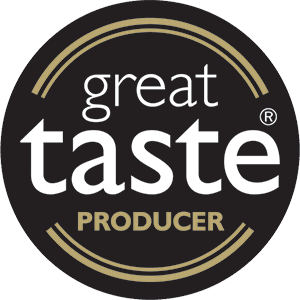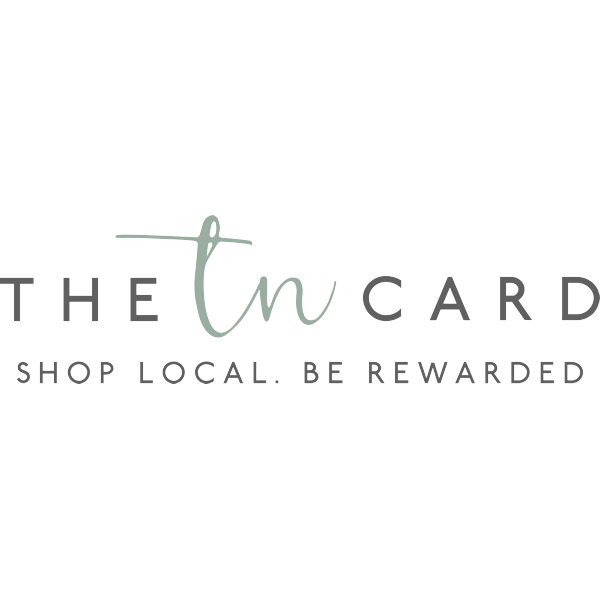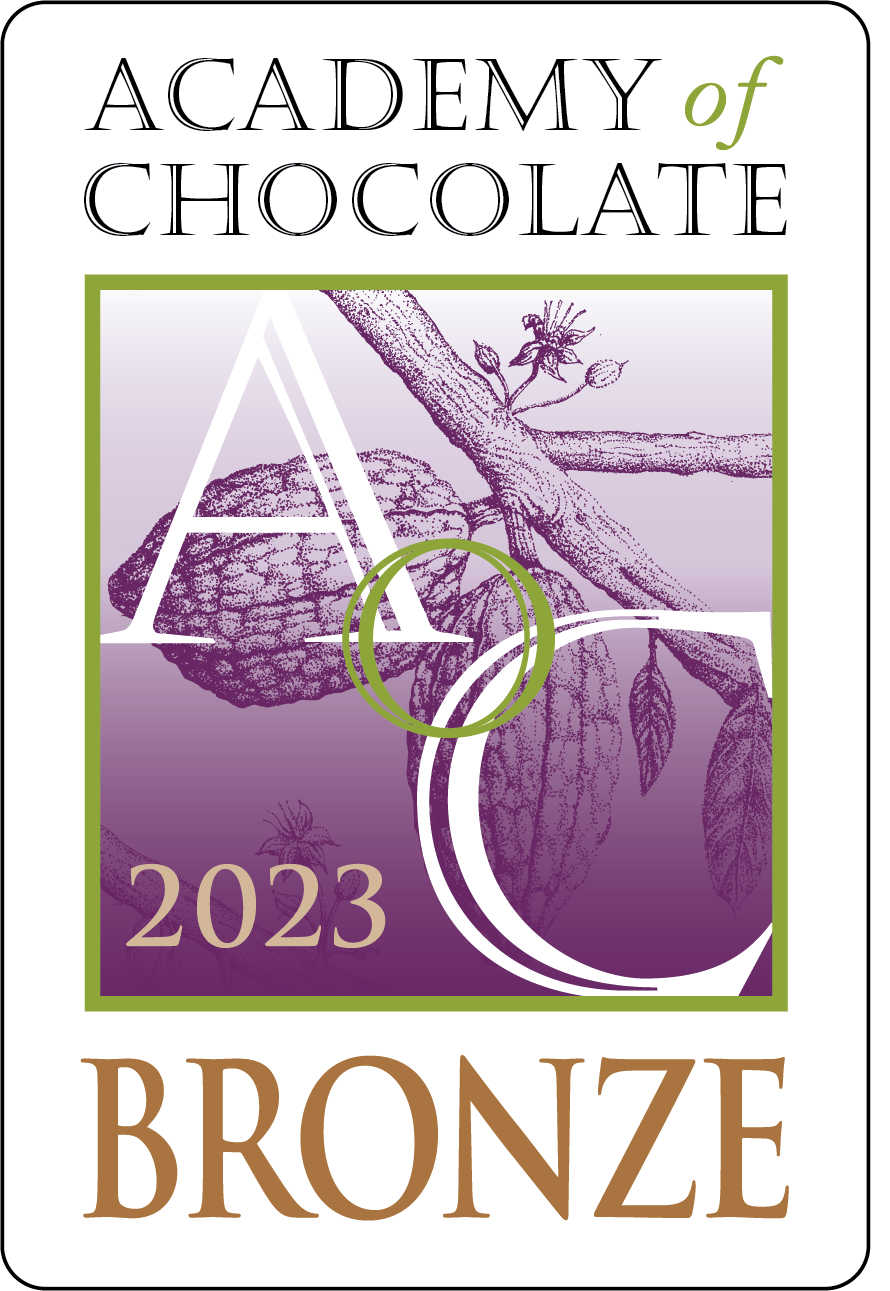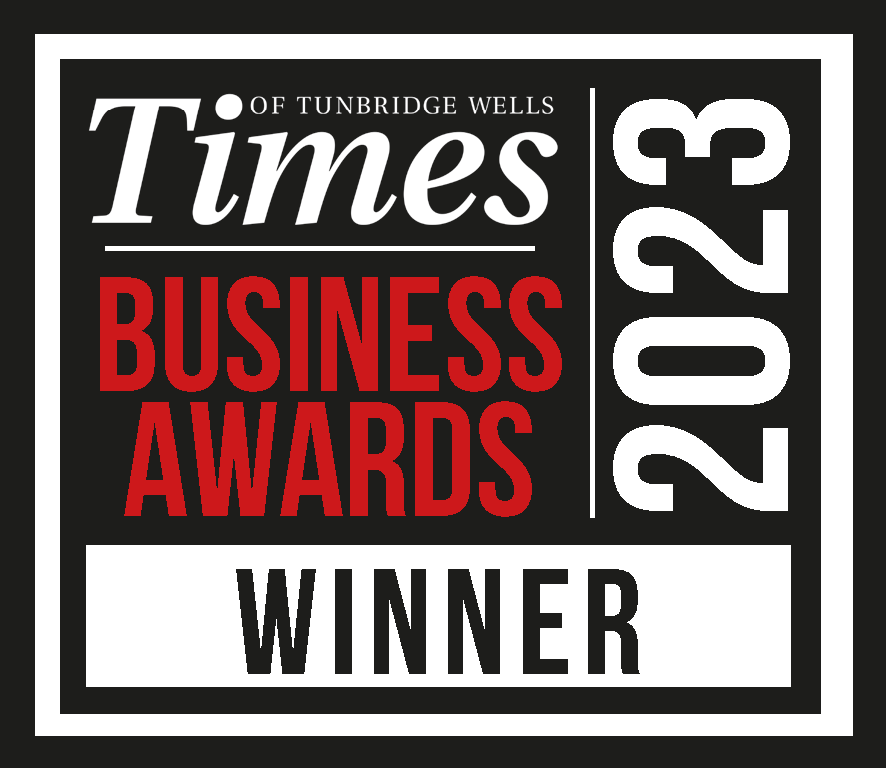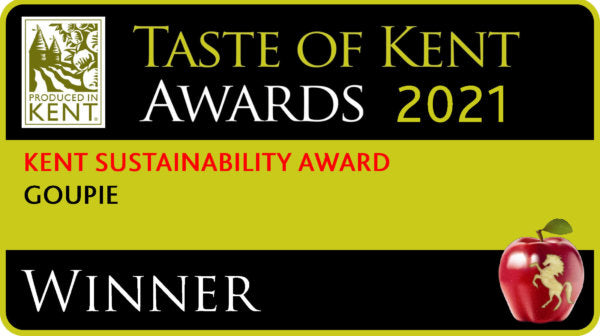Chocolate, broadly speaking, begins as a cocoa bean. Dark and milk chocolate is made up of a combination of cocoa solids, cocoa butter, sugar and often a milk of some sort. The first two ingredients both originate from the cocoa bean. White chocolate uses cocoa butter as a main component.
The cocoa bean has a rich history, with the first traces of theobromine (an alkaloid of the cocoa plant) being found on a piece of earthenware from 1150 BC! It is also well documented that both the Maya (900-400 BC) and Aztecs (600-300 BC) used cocoa beans as a form of currency and celebrated the beans as gifts from the Gods. In fact, Carl Vo Linné, a Swedish botanist, named the cocoa tree 'Theobroma Cacao' translated as 'Food of the Gods' in the 18th century.
The cocoa tree primarily grows between 20 degrees North and South of the equator along a tropical belt (see image below). As such, it wasn't until 1544 that the first cocoa beans reached Europe as a gift from a group of Dominican monks to Price Philipp of Spain. Once the Spanish aristocracy got a taste, cocoa was spread throughout Europe by use of the exploitation of slavery. This is where chocolate's dark history begins.

There are generally considered to be three main varieties of cocoa bean:
1. Criollo - These are rarer than the other two varieties, accounting for only 5% of the worlds total production. This may be due to the fact that they are more susceptible to disease and more difficult to grow. As with anything rare, it is also considered to be the finest of the cocoa beans. Criollo beans are thought to have originated in the Amazon before being traded and brought into Central America where the Spanish first 'discovered' them.
2. Forastero - This is the most commonly grown variety of cocoa, accounting for 80% of the total production world-wide and also originates from the Amazon region. This bean has a much higher yield than the Criollo and is much harder. The typical form of this bean is called 'amelonado' which is characterised by a thick, smooth skin with flat grooves and a rounded tip and resembling an elongated melon. These are the beans that the chocolate Goupie uses are.
3. Trinitario - Is a cross-breed between Croillo and Forastero that was accidentally created in Trinidad. This bean combines the more disease resistant properties and high yield of Forastero and more of the complex flavour of the Criollo.

Although the cocoa bean has been cherished as a delicacy for thousands of years, chocolate as we know it, is a much more modern invention. Historically cocoa had been enjoyed as part of a drink, either in a fortified wine form, as a bitter concoction with native spices, or with sugar or honey as a sweet drink.
It wasn't until 1727 that a milky chocolate drink was sold and in 1728 the first ever chocolate factory was opened in Bristol, England, by Fry & Sons. It still took over 100 years before the first 'eating' chocolate was created, by the same company, by adding cocoa butter to the mix.
In 1875, powdered milk is also added to chocolate bars to create milk chocolate and in 1879 the invention of the conche by Lindt revolutionises chocolate production. We think it's important to note at this point, that throughout the majority of this timeline, our chocolate consumption was only possible through the use of slavery.
Chocolate was very much considered a product for the privileged until 1828 when the cocoa press was invented. It is a person-intensive process to collect the beans and involved the exploitation of thousands of of slaves across all of Europe's colonies. Today still, we have a huge problem of child slavery within cocoa plantations despite most major manufacturers signing up to various sustainability and anti-slavery acts.

Today, Goupie uses two different kinds of chocolate. Our 55% couverture Belgian chocolate and our almond-based white chocolate.
Couverture means that the chocolate has a high cocoa butter content (around 32-39%). This is a sign of quality in the chocolate and is the reason that our chocolate tastes so creamy without any added dairy products.
White chocolate is often not considered as technically chocolate as it does not contain any cocoa solids. Ours is probably even less 'technically acceptable' as it also does not contain any dairy, but rather an almond substitute. That being said, we think our white chocolate holds up against it's dairy-filled competitors and provides a caramel quality to our white Goupie flavours.
Chocolate is a small, but crucial element of our Goupie. We hope that this has given you a little insight into the origins of this ingredient!
Primary Source: 'Chocolate - The Reference Standard by Georg Bernardini'


